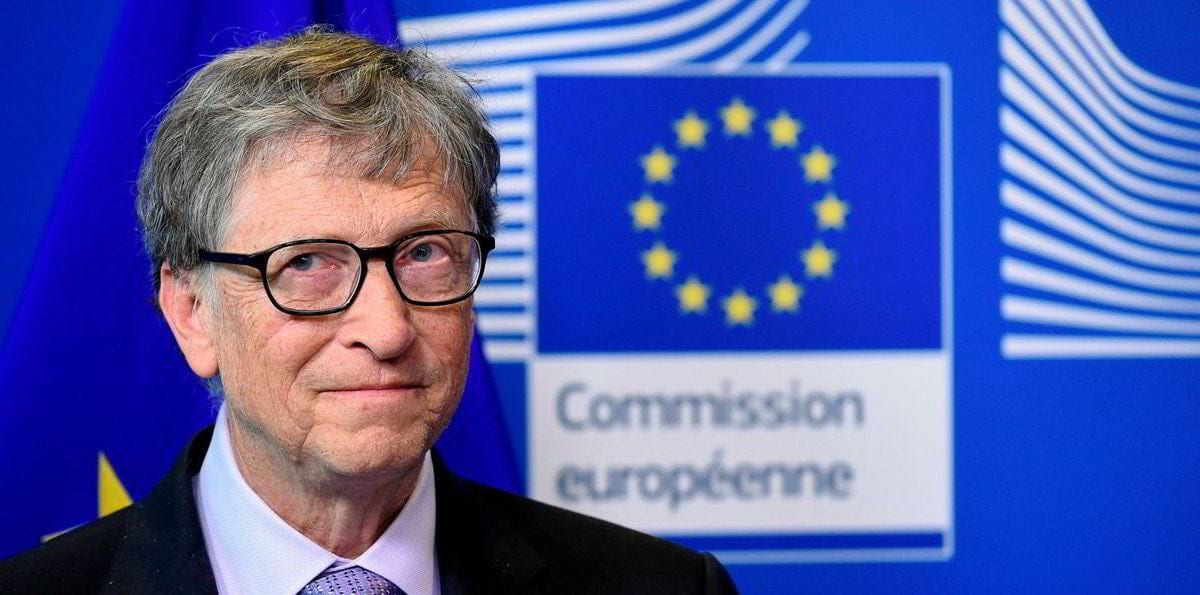A potential game-changing green hydrogen technology developed by Israeli-based company H2Pro, which is aiming at producing green hydrogen at $US1/kg, has closed a $US22 million funding round led by Bill Gates’ Breakthrough Energy Ventures.
H2Pro’s efforts to develop a water splitting device that the company claims can reach 95% efficiency and costs significantly less than an electrolyser. E-TAC, short for Electrochemical,Thermally Activated Chemical, is similar to electrolysis in that it uses electricity to split water into hydrogen and oxygen.
However, unlike conventional electrolysis, hydrogen and oxygen are generated separately in different steps – an Electrochemical (E) step and a Thermally-Activated Chemical (TAC) step.
Decoupling the hydrogen and oxygen separation into two separate processes significantly reduces the capital expenditure needed to develop the technology, as it removes the need for the most expensive and delicate part of an electrolyser, the membrane.
E-TAC devices are therefore much simpler and cheaper to make, and by producing hydrogen and oxygen in two consecutive steps, it is also much safer.
All of this leads to H2Pro’s claims that it will be able to use it’s E-TAC technology to produce green hydrogen, at scale, at only $US1/kg – making it easily the world’s lowest cost green hydrogen.
“Hydrogen is an important part of any plan to reach climate neutrality,” said H2Pro CEO Talmon Marco. “It’s already used extensively and is set to play an even larger role in the future as it can replace fossil fuels in many applications, but unlike fossil fuels, it produces no CO2.
“Unfortunately, hydrogen is produced from fossil fuels today, contributing vast amounts of CO2 emissions. We’ve known how to split water with electricity for over 200 years via electrolysis.
Drawing on that expertise, we’ve created a technology with 95% efficiency and lower CAPEX that can significantly accelerate the mainstream adoption of green hydrogen.”
H2Pro’s E-TAC technology is a step closer to market reality, this week, after it closed a Series A2 financing round worth $US22 million.
The A2 round was led by Bill Gates’ philanthropic Breakthrough Energy Ventures (BEV) and Breakthrough Energy Ventures Europe (BEV-E), as well as IN Venture, the venture capital arm of Israel’s Sumitomo Corporation.
“H2Pro’s approach to hydrogen production is unique in that it is both electrically and chemically driven, which presents huge opportunities for this important market,” said Carmichael Roberts, BEV.
“We look forward to working with them and with the European Commission to further develop H2Pro’s E-TAC hydrogen production system and support the company’s mission of commercializing low-cost green hydrogen.”
Breakthrough Energy Ventures was founded in 2015 by Bill Gates and is backed by a veritable who’s who of the world’s billionaire’s – including Jeff Bezos, Richard Branson, Michael Bloomberg, and Jack Ma.
Designed as a “network of programs, funds, and advocacy efforts, all designed to get clean-energy technologies into the market faster … and then deployed at scale,” BEV has already invested in numerous companies “that can have a significant impact on climate change at scale.”
BEV, through its European subsidiary BEV Europe, is also working with the European Investment Bank and the European Union’s Horizon 2020 programme to support H2Pro.
“Achieving significant reductions in greenhouse gas emissions requires not only political will and smart investment, but also business ideas that deliver solutions for the most pressing problems,” said Teresa Czerwinska, EIB Vice-President in charge of innovation.
“We are proud to support a company with such an idea and with the potential to become a European innovation leader for green hydrogen production. The goal of the BEV-E Fund is to identify and finance cutting-edge technologies that will help keep our planet liveable, and we are happy to partner with them.”
Green hydrogen projects and technologies, and the financial backing thereof, have been big business of late, with numerous projects and financing efforts securing the futures of a wide variety of green hydrogen projects.
In the last month alone two big green hydrogen projects have taken important next steps.
The Danish Government signed off on plans to build two energy islands that will not only generate 4GW worth of electricity but will also be used to produce green hydrogen for use in the shipping, aviation, industrial, and heavy transport sectors. The project, originally proposed back in May 2020, was given the green light in early February.
A month later, German industrial engineering and steel production giant Thyssenkrupp announced that it will work with German energy company Steag on a 500MW hydrogen electrolysis plant intended to power steel production.
In December, Australian renewable energy developer CWP Renewables was one of seven of the world’s biggest green hydrogen project developers and partners to launch the Green Hydrogen Catapult initiative, which is targeting the deployment of 25GW worth of renewable-based hydrogen production through 2026, looking to reduce the cost of hydrogen to below $US2/kg.










